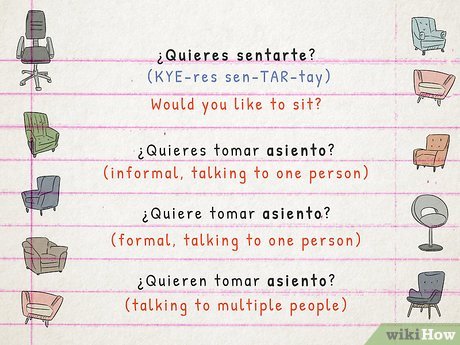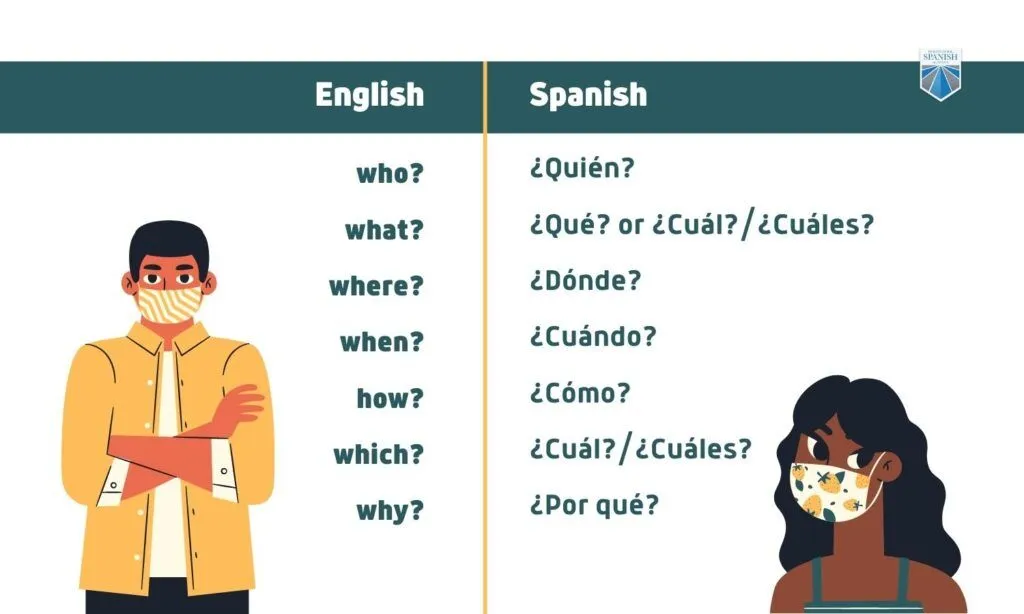Quieres In Spanish – Understanding Its Significance and Usage
Table of Contents
Introduction:
In the vast realm of the Spanish language, certain words carry profound meaning and serve as pillars of communication. Among these, “quieres” stands out as a fundamental element, embodying desires, intentions, and connections within Spanish-speaking communities. Let’s delve deeper into the multifaceted nature of “quieres” and unravel its rich tapestry of meaning and usage.
Understanding “Quieres”:

At its core, “quieres” is the second-person singular form of the verb “querer,” which translates to “to want” or “to desire” in English. However, its significance extends beyond mere desire; it encapsulates a spectrum of emotions, intentions, and inquiries inherent to human interaction.
Meaning and Nuances:
- Desire and Want: Primarily, “quieres” signifies desire or want, expressing a longing or inclination towards something. Whether it’s a tangible object, an action, or an emotional connection, “quieres” articulates the essence of what one seeks or craves.
- Affection and Love: In the context of relationships, “quieres” transcends material desires and encompasses expressions of affection and love. Saying “te quiero” (I love you) illustrates a deep emotional bond and genuine sentiment towards another person.
- Offering and Assistance: Beyond personal desires, “quieres” can also serve as an invitation or offer of assistance. Asking “¿quieres ayuda?” (Do you want help?) extends a helping hand and fosters a sense of support and camaraderie.
- Permission and Consent: Additionally, “quieres” is employed to seek permission or consent, respecting the autonomy and agency of others. Proposing “¿quieres ir al parque?” (Do you want to go to the park?) acknowledges individual choice and invites collaboration in decision-making.
Usage in Everyday Conversation:
- Preferences: “¿Quieres café o té?” (Do you want coffee or tea?) – Commonly used to inquire about someone’s preferences or choices.
- Affection: “Te quiero” (I love you) – A heartfelt declaration of affection and love towards another person.
- Assistance: “¿Quieres que te ayude?” (Do you want me to help you?) – Demonstrates willingness to offer support or aid.
- Plans: “¿Quieres salir esta noche?” (Do you want to go out tonight?) – Suggests an activity or makes plans with someone.
- Requests: “¿Quieres venir conmigo?” (Do you want to come with me?) – Extends an invitation or seeks companionship.
Also Read: Sterling Jerins Movies – A Rising Star in Hollywood
Cultural Insights:
Understanding the usage of “quieres” provides valuable insights into Spanish-speaking cultures, where expressions of desire, affection, and consent are often more direct and openly communicated compared to other cultures. The word reflects the warmth, sincerity, and closeness inherent to interpersonal relationships within these communities.
Common Phrases and Expressions:

- ¿Qué quieres hacer? – What do you want to do?
- ¿Quieres algo de beber? – Do you want something to drink?
- ¿Quieres venir conmigo? – Do you want to come with me?
- ¿Por qué quieres saber? – Why do you want to know?
- ¿Quién quiere ser el primero? – Who wants to be first?
Expanded Usage Scenarios:
- Expressing Long-Term Desires: “¿Quieres estudiar medicina?” (Do you want to study medicine?) – Inquires about someone’s long-term aspirations or career goals.
- Offering Assistance in Various Situations: “¿Quieres que te acompañe al médico?” (Do you want me to accompany you to the doctor?) – Demonstrates readiness to provide support or companionship in specific circumstances.
- Seeking Permission in Formal Settings: “¿Quieres pasar primero?” (Do you want to go first?) – Polite inquiry often used in formal or public settings to offer precedence or allow someone to proceed ahead.
- Expressing Gratitude and Appreciation: “¡Gracias por querer ayudarme!” (Thank you for wanting to help me!) – Acknowledges and appreciates someone’s willingness or intention to offer assistance.
FAQ’s About Quieres In Spanish
1. What does “quieres” mean in Spanish?
“Quieres” is the second-person singular form of the verb “querer,” which translates to “to want” or “to desire” in English.
2. How does “quieres” express affection and love?
In the phrase “te quiero” (I love you), “quieres” conveys deep emotional affection and genuine sentiment towards another person.
3. Can “quieres” be used to offer assistance?
Yes, asking “¿quieres ayuda?” (Do you want help?) extends a helping hand and fosters a sense of support and camaraderie.
4. In what situations is “quieres” used to seek permission or consent?
Proposing “¿quieres ir al parque?” (Do you want to go to the park?) acknowledges individual choice and invites collaboration in decision-making.
5. How is “quieres” used to inquire about preferences?
It is commonly used in phrases like “¿Quieres café o té?” (Do you want coffee or tea?) to inquire about someone’s preferences or choices.
6. What does “te quiero” express in Spanish culture?
“Te quiero” is a heartfelt declaration of affection and love towards another person, commonly used in interpersonal relationships.
7. What does “¿Qué quieres hacer?” mean?
It translates to “What do you want to do?” and is used to inquire about someone’s plans or intentions.
8. How is “quieres” employed in making plans with someone?
Asking “¿Quieres salir esta noche?” (Do you want to go out tonight?) suggests an activity or makes plans with someone.
9. Can “quieres” be used in formal settings?
Yes, phrases like “¿Quieres pasar primero?” (Do you want to go first?) are polite inquiries often used in formal or public settings.
10. How is gratitude expressed using “quieres”?
Phrases like “¡Gracias por querer ayudarme!” (Thank you for wanting to help me!) acknowledge and appreciate someone’s willingness to offer assistance.
Conclusion On Quieres In Spanish
In essence, “quieres” embodies the essence of desire, affection, consent, and communication within Spanish-speaking communities. Its multifaceted nature enriches conversations, fosters connections, and facilitates understanding among individuals. As learners and admirers of the Spanish language, embracing the nuances of “quieres” enables us to navigate cultural nuances, forge meaningful connections, and immerse ourselves in the vibrant tapestry of Spanish-speaking cultures. So, ¿quieres explorar el mundo del español? (Do you want to explore the world of Spanish?)






